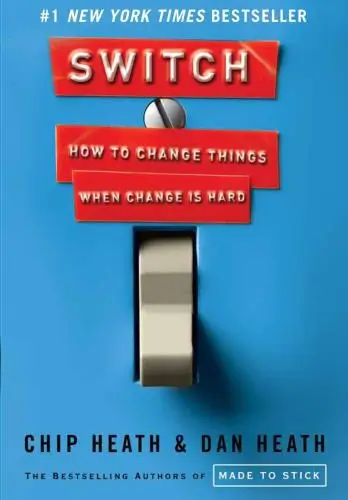
Switch
How to Change Things When Change Is Hard
What's it about?
Switch is a guide to making lasting changes in your life. Through a blend of psychology, storytelling, and practical strategies, the authors reveal how to overcome resistance and navigate change successfully. The book introduces the concept of the "Rider" and the "Elephant," representing the rational and emotional sides of decision-making. By understanding how to direct both aspects towards a common goal, readers can create sustainable change in any aspect of their lives.
About the Author
Chip Heath is a bestselling author known for his insightful books on decision-making and change. With a knack for blending research with engaging storytelling, he offers practical advice on how to make better choices and create lasting impact. His works, like "Made to Stick" and "Switch," explore the psychology behind successful communication and transformation, making complex concepts easy to understand and apply in real life. Heath's unique perspective and entertaining writing style make his books a must-read for anyone looking to improve their decision-making skills.
10 Key Ideas of Switch
Find the Bright Spots to Guide Change
Identify and analyze successful instances where the desired change has already occurred, even on a small scale.
Understanding what works well in these 'bright spots' can provide a blueprint for implementing broader changes.
This approach focuses on solutions rather than problems, leveraging positive examples as a roadmap for action.
Learn DeeperIdentify Your Own Bright Spots: Start by reflecting on your past successes, no matter how small. Think about times when you've achieved a goal or made a positive change. What were the circumstances? What actions did you take? Understanding these can help you replicate success in other areas.
Analyze the Success Factors: Once you've identified your bright spots, dig deeper to understand why they worked. Was it because of specific behaviors, support from others, or external factors? This analysis will help you extract useful strategies that can be applied elsewhere.
Share Success Stories: If you're working in a team or trying to inspire change in others, share these bright spots and their success factors. This not only motivates but also provides a concrete example of what works, making the path to change clearer for everyone involved.
Scale What Works: After identifying and understanding your bright spots, think about how you can apply these successful strategies to other challenges or goals. Start small if necessary, but the aim is to gradually scale these solutions to have a broader impact.
- Example
If you've successfully improved your fitness by incorporating short workouts into your daily routine, this becomes a bright spot. Analyzing this success might reveal that the key factors were convenience and consistency. You can then apply this insight to other areas, like learning a new skill by dedicating a few minutes to it every day.
- Example
A team leader notices that one project was delivered exceptionally well on time and under budget. By identifying this project as a bright spot, the leader can analyze what made it different: perhaps it was regular check-ins, a particular collaboration tool, or a specific motivational technique. These elements can then be replicated in future projects to improve overall team performance.
Script the Critical Moves to Eliminate Ambiguity
Change is often hindered by uncertainty about how to start or what steps to take.
By clearly outlining the specific behaviors or actions required, you remove ambiguity and make it easier for people to act.
Scripting the critical moves provides a clear path forward, reducing paralysis caused by decision overload and increasing the likelihood of taking action.
Learn DeeperIdentify the critical moves for your goal: Start by breaking down your larger goal into smaller, manageable steps. This could be as simple as writing a to-do list for a project at work or outlining the steps to improve a personal habit.
Eliminate ambiguity by being specific: For each critical move, be as detailed as possible. Instead of saying 'exercise more', specify 'walk for 30 minutes every day after dinner'. This removes any guesswork about what 'more' means.
Communicate the plan clearly if involving others: Whether it's a team project or a family goal, make sure everyone understands their role and the specific actions they need to take. Clear communication prevents misunderstandings and ensures everyone is on the same page.
Monitor progress and adjust as needed: Keep track of how well you and/or your team are following the scripted moves. If something isn't working, don't be afraid to adjust the plan. Flexibility is key to overcoming unforeseen challenges.
- Example
If you're trying to save money, a critical move might be to 'Transfer $100 to my savings account the first day after receiving my paycheck each month'. This specific action eliminates ambiguity and makes it more likely that you'll follow through.
- Example
For a team working on a project, a critical move could be 'Hold a 15-minute stand-up meeting every morning to update each other on our progress and discuss any obstacles'. This clear, actionable step ensures everyone knows what's expected and can help keep the project on track.
Point to the Destination with a Vivid Picture
Imagine a world where every individual feels empowered to contribute to their community and the planet.
In this future, cities are vibrant hubs of innovation and sustainability.
Green spaces flourish, providing a sanctuary for both people and wildlife.
Clean air and water are not just aspirations but everyday realities.
People walk, bike, or use electric public transport, reducing their carbon footprint and fostering a sense of connection with their surroundings.
Communities thrive on collaboration, where diverse voices come together to solve problems and create opportunities.
Education is accessible and tailored to each person's unique strengths, igniting a passion for lifelong learning.
Technology serves as a tool for good, enhancing our lives while respecting our privacy and autonomy.
Workplaces are inclusive and flexible, allowing individuals to balance their professional and personal lives harmoniously.
Health and well-being are prioritized, with mental health resources readily available and stigma eliminated.
In this vision, every person feels valued and heard, contributing to a collective sense of purpose.
Together, we can build a future where hope and possibility reign, guiding us through challenges and inspiring us to strive for a better tomorrow.
This is not just a dream; it is a call to action.
Let us unite in our efforts to make this vision a reality, ensuring that the future we create is one of equity, sustainability, and joy for all.
Learn DeeperVisualize Your Goal: Spend time imagining the end result of your change. What does it look like? How does it feel? Write down or create a visual representation of this future state to keep it front and center in your daily life.
Communicate Your Vision: Share your vivid picture with others involved in or affected by the change. Use stories, metaphors, or analogies to make the vision relatable and compelling. Ensure your communication sparks enthusiasm and a shared understanding.
Set Milestones: Break down the journey towards your destination into smaller, achievable milestones. Celebrate these achievements as you progress, using them as evidence that the vivid picture is becoming a reality.
Reflect and Adjust: Regularly compare your current state to the vivid picture of your destination. Reflect on the progress and learn from any setbacks. Be prepared to adjust your approach if necessary to stay aligned with your ultimate goal.
- Example
A company aiming to improve its customer service might paint a vivid picture of a future where customer satisfaction scores are at an all-time high, employees are more engaged and empowered to solve problems, and the company is recognized in the industry for its exceptional service. They could create a detailed vision board displaying these achievements and share success stories that align with this future state.
- Example
An individual looking to lead a healthier lifestyle could visualize themselves crossing the finish line of a marathon, feeling energetic, and enjoying a balanced diet. They might create a motivational collage of images representing this healthy lifestyle and set incremental fitness and dietary goals, celebrating each milestone to keep motivated.
Grow Your People Through an Identity Shift
Foster a mindset where individuals see themselves as capable of change and aligned with the new direction.
Encouraging a shift in identity can empower people to adopt new behaviors that are consistent with their self-perception as change agents.
This internal transformation is crucial for sustaining long-term change.
Learn DeeperIdentify Your New Identity: Start by defining who you want to become in the context of the change. Do you see yourself as a more proactive, resilient, or innovative person? Write down the attributes of your new identity.
Set Small, Achievable Goals: Break down your big change into smaller, manageable actions that are aligned with your new identity. Celebrate small wins to reinforce your belief in your ability to change.
Surround Yourself with Reinforcements: Engage with people, environments, and activities that reinforce your new identity. This could mean joining groups with similar goals, finding a mentor, or even changing your physical workspace to reflect the new you.
Reflect on Your Progress: Regularly take time to reflect on your journey. Acknowledge the challenges you've overcome and how they've contributed to your new identity. This reflection reinforces your growth and solidifies your identity shift.
Visualize Your Success: Spend a few minutes each day visualizing yourself successfully embodying your new identity. This mental practice can help solidify your belief in your ability to change and make the identity shift feel more real.
- Example
If you're aiming to become more environmentally conscious, start by identifying yourself as an 'environmental advocate.' Begin with small actions like reducing single-use plastics in your daily routine, attending local clean-up events, and gradually incorporating more sustainable practices into your lifestyle.
- Example
For someone looking to shift into a leadership role, begin by seeing yourself as a 'leader-in-training.' Volunteer for leadership positions in community or professional organizations, seek out mentorship from established leaders, and take on small projects that allow you to practice leadership skills.
Cultivate a Sense of Ownership and Engagement
Involve people in the change process, allowing them to contribute ideas and make decisions.
This participatory approach fosters a sense of ownership over the change, increasing commitment and effort.
When individuals feel they have a stake in the outcome, they are more motivated to contribute to its success.
Learn DeeperStart Small: Begin by involving people in minor decisions or changes. This can be as simple as asking for their opinions on a new process or what they think could improve their work environment. It's a great way to get them used to the idea of contributing and seeing the impact of their suggestions.
Create Collaborative Spaces: Set up regular meetings or forums where team members can openly discuss ideas, challenges, and solutions. Ensure these spaces are judgment-free and that every idea is valued. This encourages participation and makes everyone feel like their voice matters.
Delegate Meaningful Tasks: Assign tasks or projects that have visible outcomes to individuals or teams. Let them plan, execute, and present their work. This not only builds ownership but also showcases the direct impact of their efforts on the organization.
Celebrate Contributions: Acknowledge and celebrate when suggestions or efforts lead to positive changes. This can be through shout-outs in meetings, newsletters, or even small rewards. Recognition reinforces the value of everyone's input and motivates continued engagement.
- Example
A software development company implements a 'Feature Friday' where developers can pitch new features or improvements to existing products. The team votes on the ideas, and the winning feature gets developed. This approach has led to innovative updates and a highly motivated development team.
- Example
A local community center looking to increase participation in its programs invites community members to a town hall meeting to discuss what types of programs they want to see. Based on the feedback, the center introduces new classes and volunteer-led groups, leading to a significant uptick in engagement and attendance.
Deeper knowledge. Personal growth. Unlocked.
Unlock this book's key ideas and 15M+ more. Learn with quick, impactful summaries.
Read Full SummarySign up and read for free!
Switch Summary: Common Questions
Experience Personalized Book Summaries, Today!
Discover a new way to gain knowledge, and save time.
Sign up for our 7-day trial now.
No Credit Card Needed
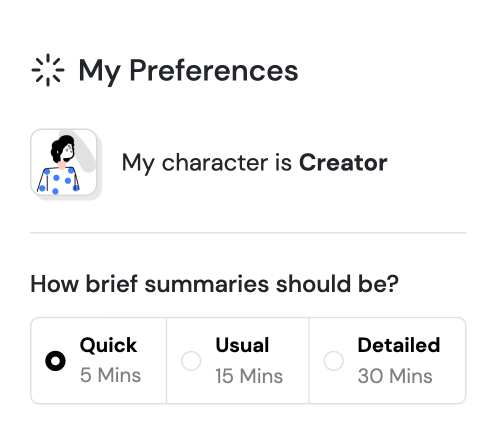
Similar Books

The Piano Teacher
Elfriede Jelinek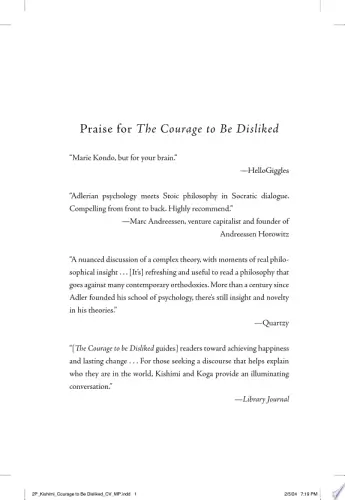
The Courage To Be Disliked
Ichiro Kishimi
We Were Liars
E. Lockhart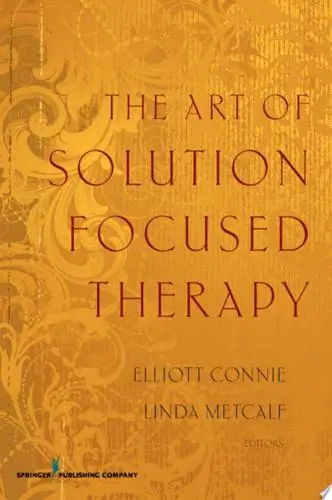
The Art of Solution Focused Therapy
Elliott Connie, MA, LPC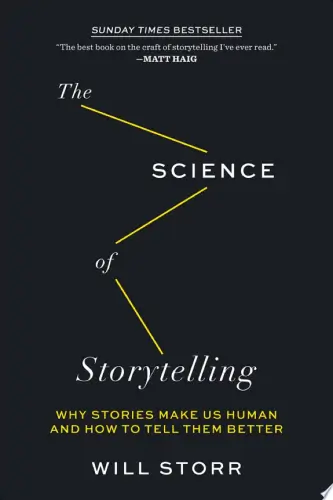
The Science of Storytelling
Will Storr
No Longer Human
太宰治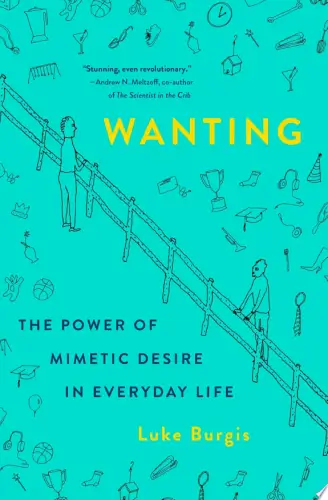
Wanting
Luke Burgis
Mrs Dalloway
Virginia Woolf
The Rational Optimist
Matt Ridley
The Social Animal
David BrooksTrending Summaries
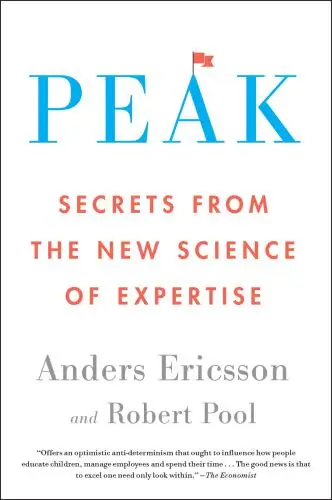
Peak
Anders Ericsson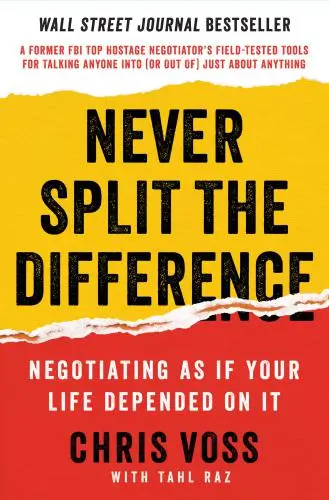
Never Split the Difference
Chris Voss
Smart Brevity
Jim VandeHei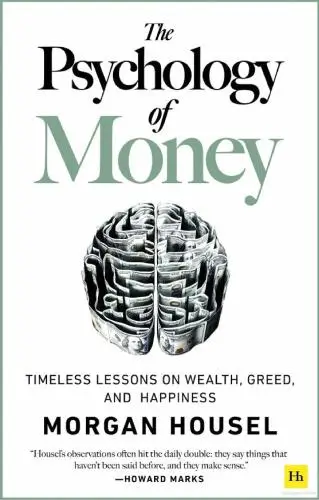
The Psychology of Money
Morgan Housel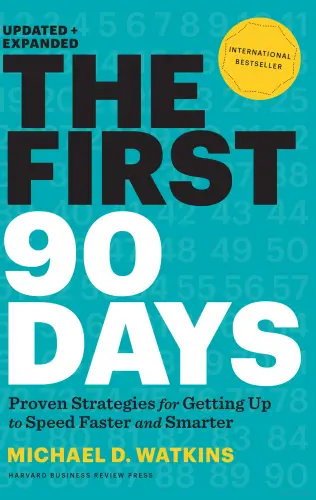
The First 90 Days
Michael D. Watkins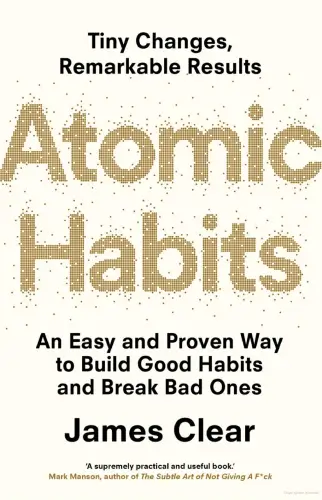
Atomic Habits
James Clear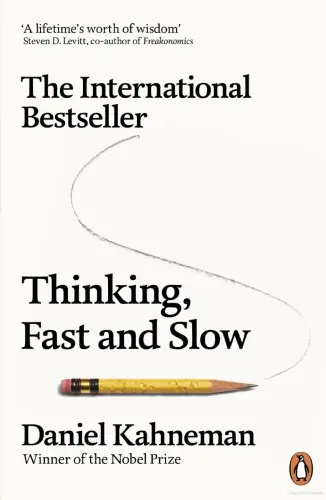
Thinking, Fast and Slow
Daniel Kahneman
The Body Keeps the Score
Bessel van der Kolk M.D.
The Power of Regret
Daniel H. Pink
The Compound Effect
Darren HardyNew Books
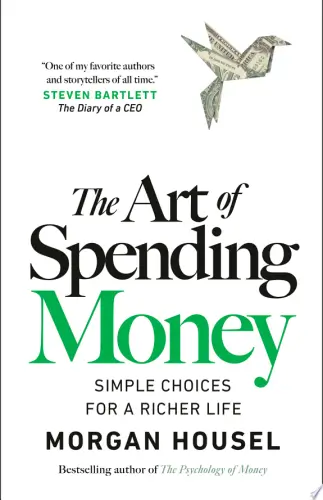
The Art of Spending Money
Morgan Housel
$100M Offers
Alex Hormozi
A Candle for Kiri
Edna Mae Holm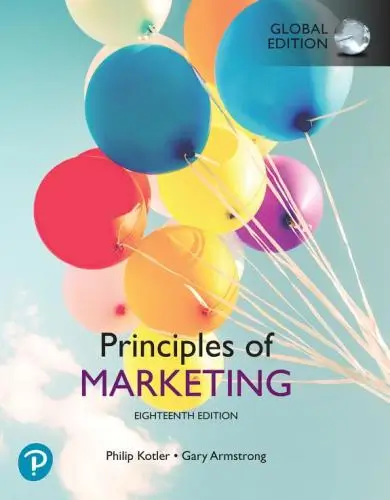
Principles of Marketing, Global Edition
Gary Armstrong
Serpent Rising: The Kundalini Compendium
Neven Paar
Feeling Is the Secret
Neville Goddard
The 100 Best Business Books of All Time
Jack Covert
My Oxford Year
Julia Whelan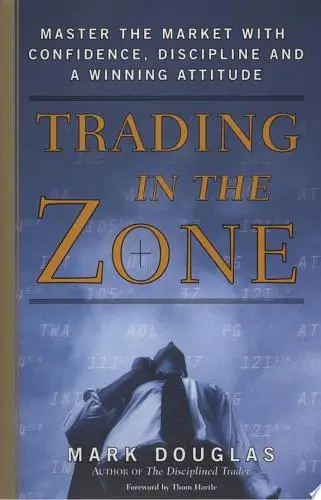
Trading in the Zone
Mark Douglas
